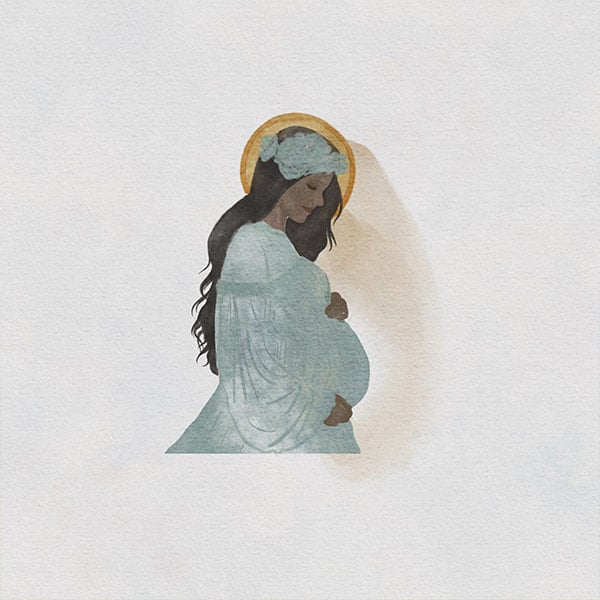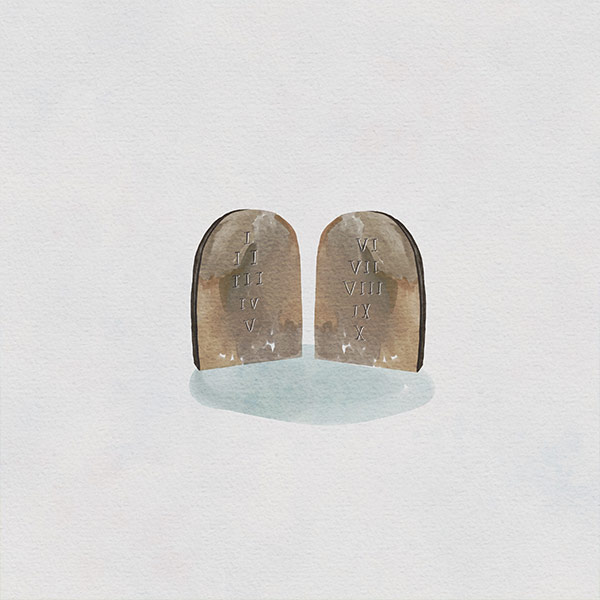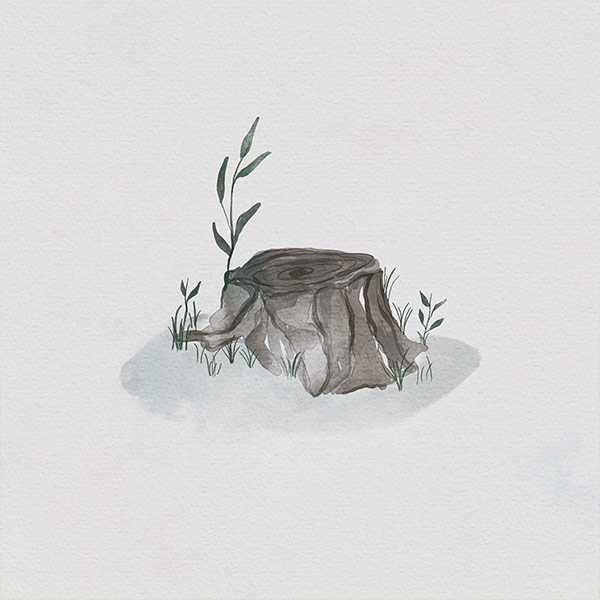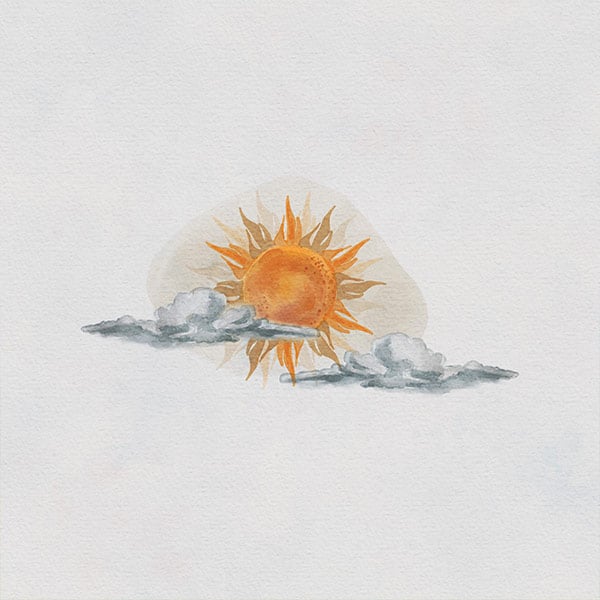Advent: The Great O Antiphons

"O Dayspring," or "O Rising Sun," is one of the seven O Antiphons sung between Dec. 17-24. (NTC/Maria Diaz)
Since the eighth century, the Roman Church has been singing the “O” Antiphons. Between December 17 – 24, these antiphons are part of the evening prayer of the Divine Office and are attached to the Magnificat, the beautiful canticle of the Blessed Virgin Mary.
These antiphons harken back to the seven stanzas of the ancient hymn “O Come, O Come Emmanuel” and address Christ with seven beautiful Messianic titles, begging Him to come save His people.
During Advent, Catholics most often sing the lyrics translated by John Mason Neale as “O Come, O Come Emmanuel.” Neale, a scholarly Anglican cleric, translated many ancient Latin hymns into English including the well-known “All Glory, Laud and Honor” often sung as a processional for Palm Sunday. The carol “Good King Wenceslaus” also came from his pen.
The familiar melody called “Veni Emmanuel” was first linked to an early version of Neale’s translation (“Draw Nigh, Draw Nigh, Emmanuel”) in 1851, when Thomas Helmore published it in the Hymnal Noted. Helmore found the tune in a 15th-century missal containing many chant melodies. He paired Neale’s translation to a processional chant for funerals called Bone Jesu dulcis cunctis, and the same chant was used again when Neale reworked his translation. The present lyrics appeared in the very influential hymnal, Hymns Ancient and Modern (1861).
Neale, however, translated only five of the seven stanzas. It was not until 1915 that Henry Sloane Coffin translated the last two verses. The full seven-verse English version officially appeared for the first time in the magnificent Hymnal of the Episcopal Church - 1940.
The lyrics of the O Antiphons echo several prophetic themes. The first stanza begins with Isaiah 7:14: “Behold, a virgin shall conceive, and bear a son, and shall call his name Emmanuel,” a Hebrew word meaning “God with us,” as noted by St. Matthew (1:23).
“The Rod of Jesse” refers to Isaiah 11:1: “There shall come forth a rod from out of the stem of Jesse.” Jesse was a righteous man, the father of David, the greatest king of Israel. The prophecy indicates that from among Jesse’s descendants would appear the Messiah.
“Thou Dayspring" is taken from the Benedictus, the great canticle of the priest, Zacharias. In the KJV, Luke 1:78, the father of John the Baptist declares that “The Dayspring from on high has visited us.” The Old English word means “Dawn” or “Sunrise,” a messianic title. Zacharias was announcing that his family had been visited by the Messiah, the Child being carried in the womb of the Blessed Virgin, who came to help Elizabeth during her pregnancy.
“Thou Key of David” originates with Isaiah 22:22: “The key of the House of David will I lay upon his shoulder” which in turn refers to Isaiah 9:6: “The government shall be upon His
shoulder.” Again, a messianic title denoting the importance of a descendant of the royal family.
“Adonai, Lord of Might … from Sinai’s height” refers to Exodus 19:16-20 and 20:1-17,
when God came down to Mount Sinai amid “peals of thunder and lightning, and a heavy cloud
came over the mountain.” Adonai is Hebrew for “Lord.” In Scripture, when the title is in all capitals, “LORD,” it a sign to the reader or cantor that Adonai has replaced God’s ineffable name YHWH in the text.
‘Root of Jesse” is taken from Isaiah 11:10. The Messiah is not only the son of the house of Jesse, as seen above. He is at the same time the source of the family’s existence. Indicating the Messiah’s eternal existence, Isaiah discloses His divinity.
“Desire of Nations” is found in both the KJV and Douay-Rheims translation of Haggai 2:7. Others translate it as “wealth” or “treasure.” However, the Hebrew word khemdah is a collective singular, indicating the idea being expressed is plural. Haggai 2:9 says, “The latter glory of this house shall be greater than the former,” indicating visitation by Jesus, the Word made flesh. I suggest that khemdah indicates the “plentitude of power,” the same plural used by God in Genesis 1:26, “Let us make man in our image, after our likeness.”
As I’ve attempted to demonstrate, the O Antiphons present us with a richness of theology upon which we may meditate as Christmas draws near, when we will welcome Emmanuel — Jesus, the incarnate God — to once more find a home in our hearts.
Below are the O Antiphons as written in the lyrics of “O Come, O Come Emmanuel” as translated by Henry Sloane Coffin and John Mason Neale:

O Emmanuel
O come, O come, Emmanuel,
And ransom captive Israel,
That mourns in lonely exile here
Until the Son of God appear.

O Wisdom
O come, Thou Wisdom from on high,
Who orders all things mightily;
To us the path of knowledge show,
And teach us in her ways to go.

O Adonai
O come, O come, Adonai, Lord of might,
Who to Thy tribes on Sinai’s height
In ancient times once gave the Law
In cloud and majesty and awe.

O Rod of Jesse
Thine own from Satan's tyranny;
From depths of hell thy people save,
And give them vict'ry over the grave.

O Key of David
O come, Thou Key of David, come,
And open wide our heavenly home;
Make safe the way that leads on high,
And close the path to misery.

O Dayspring
O come, Thou Dayspring, come and cheer
Our spirits by Thine advent here;
Disperse the gloomy clouds of night,
And death’s dark shadows put to flight.

O Desire of Nations
O come, Desire of nations, bind
In one the hearts of all mankind;
Bid Thou our sad divisions cease,
And be Thyself our King of Peace.
Sean M. Wright, MA, is an Emmy-nominated writer and a Master Catechist for the Archdiocese of Los Angeles. He is part of the RCIA team at Our Lady of Perpetual Help parish in Santa Clarita, CA.
Artwork by Maria Diaz
